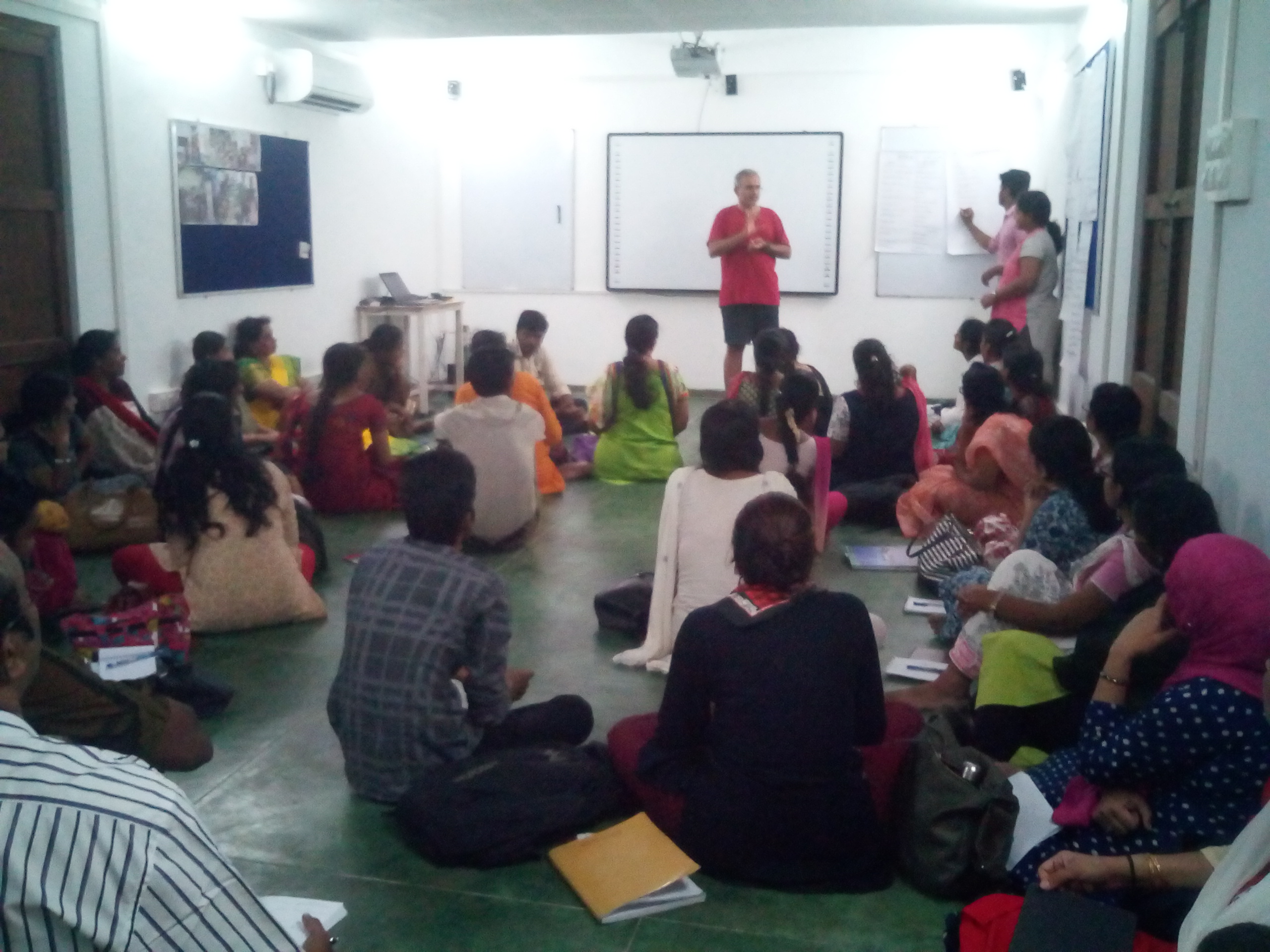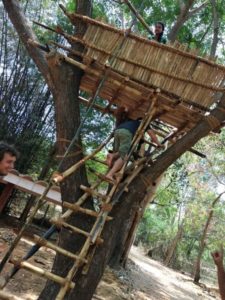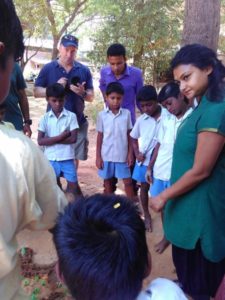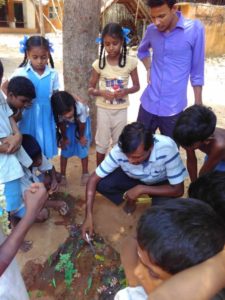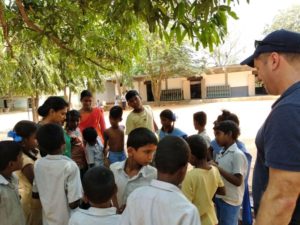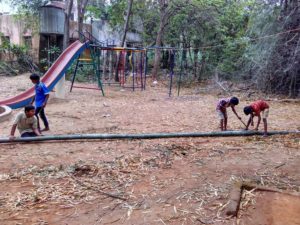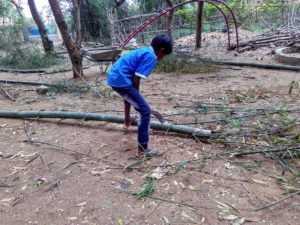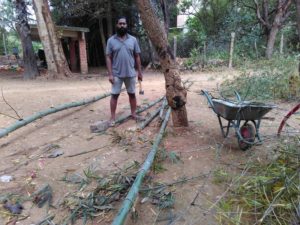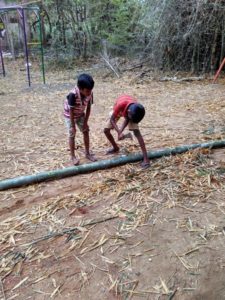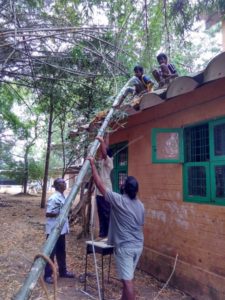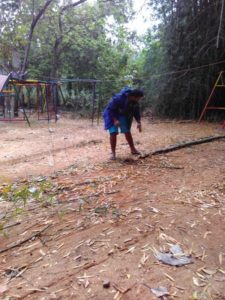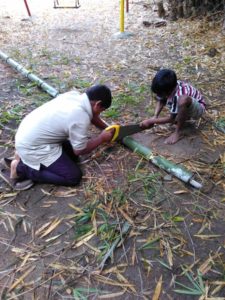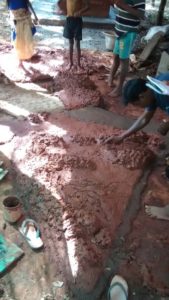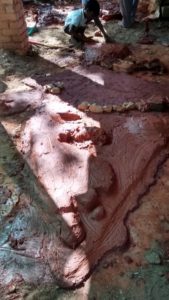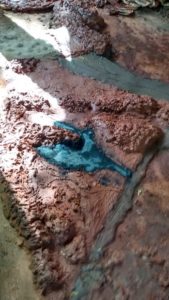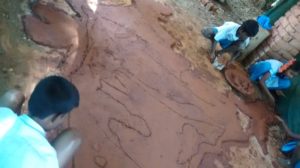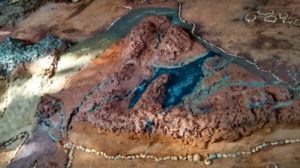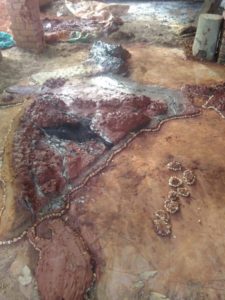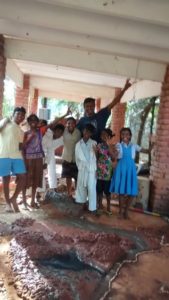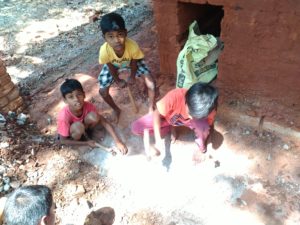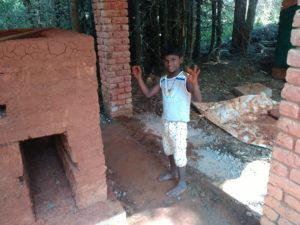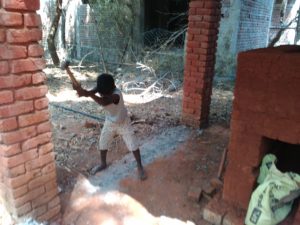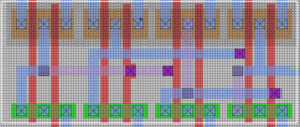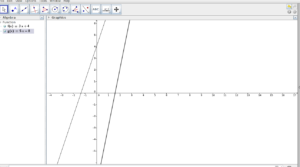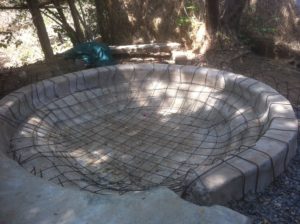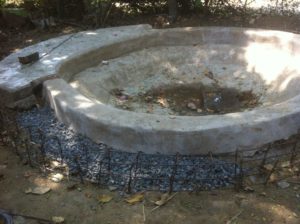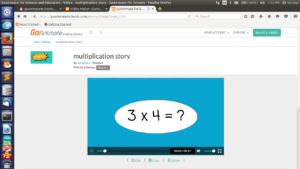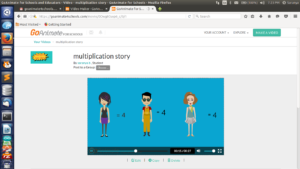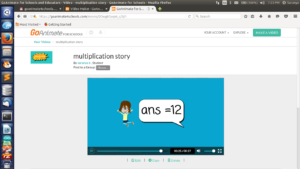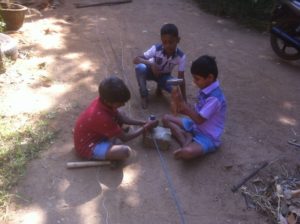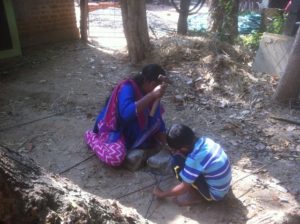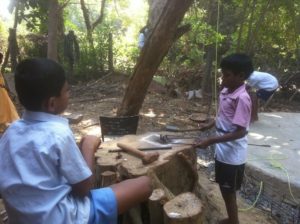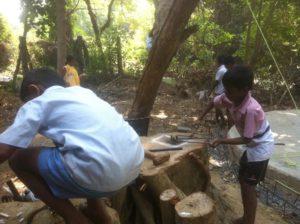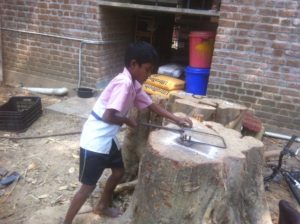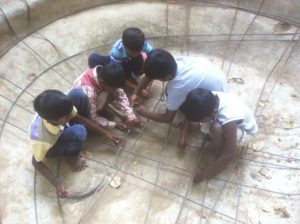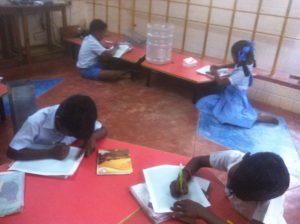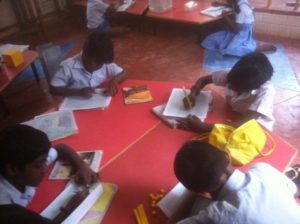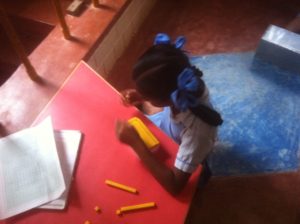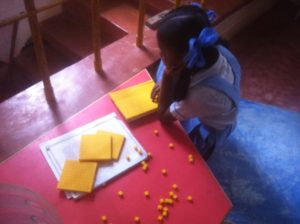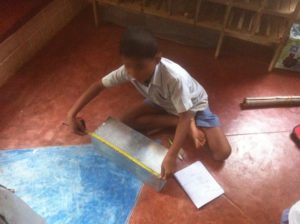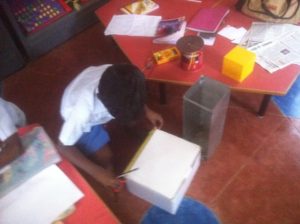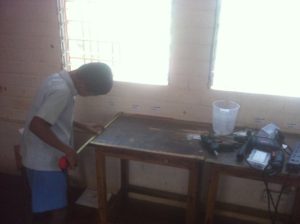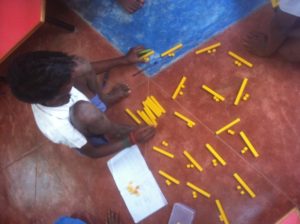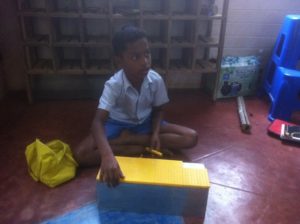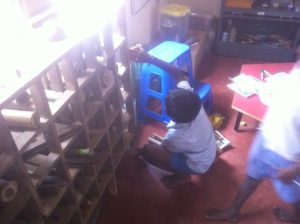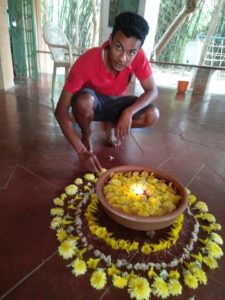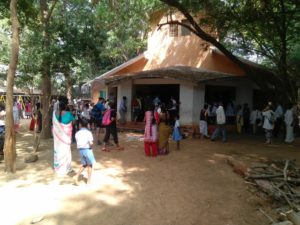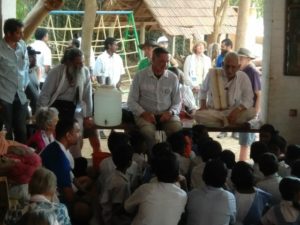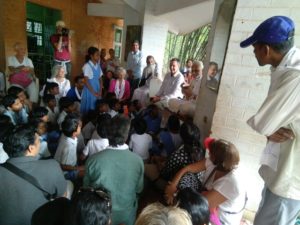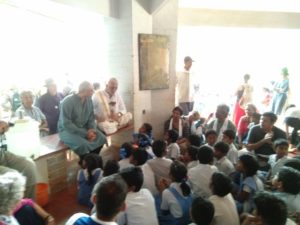—Pratap, Poovizhi
A group of 44 teacher came to visit Isai Ambalam. Sanjeev, Logeshwari, Saranya and Pratap welcomed them. Sanjeev started introducing about the school and what we deeply care about the children.
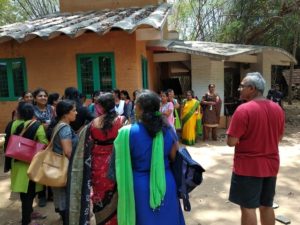
Then we each explained Some of the EBD that children made. Saranya took them to the pond and explained the history of the pond.Pond
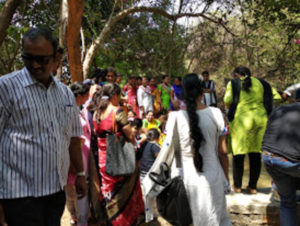
Then I took them to the clay room and explained about the clay room Clay Room. During this time the children were not their at the school. They went to visit Matrimandir and they came back while I was explaining about the clay room. The moment children came inside the school I felt that they got blessing from the Mother since they visited Matrimandir.
Then children took initiative to explain about their EBD projects. They started with the tree house. They explained in English and it really touched me to see how much the children had progressed in the last year to be confident in front of 40 teachers to talk so confidently . They explained the entire process that took to build the tree house. Tree house
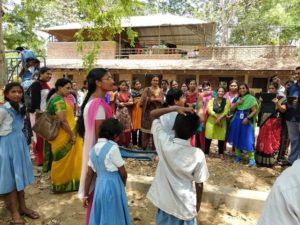
Then they took the teachers to the clay oven that they built during sleepover Clay oven. They also explained about the India map EBD. Yuvasri and Kaviya from 6th standard explained about the India map India Map.
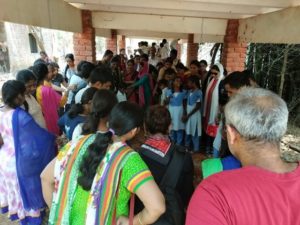
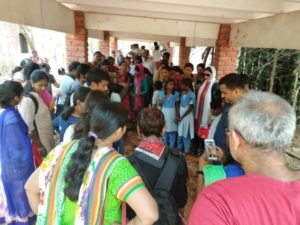
Then they took them to the garden EBD and Sabari and Suresh from 7th standard explained about the garden Garden EBD.
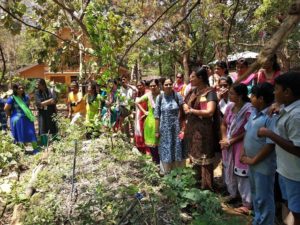
Then Logeshwari explained about the Kitchen waste water EBD. She answered the questions when the teacher asked to her Kitchen waste water.
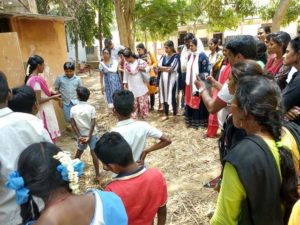
Finally all the teacher visited the class room and interacted with the teachers and students.
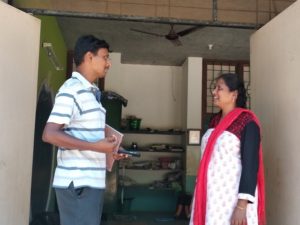

The UKG students told the months when the teacher were asking to them. The 6th and 7th took them to their class and showed the 5S circle that they do in their class room. They also showed the Mindstorm robot that they built in STEM land.
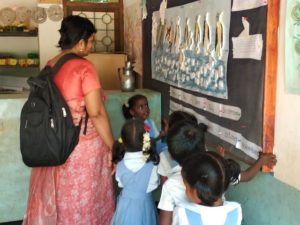
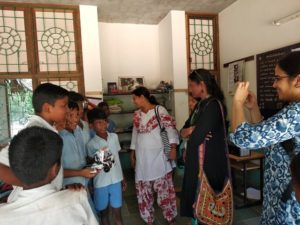
They also showed that they submitted projects for Raman Award and got a participant certification. Then they sang a song for teacher.
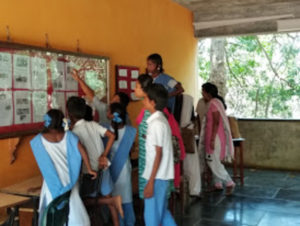
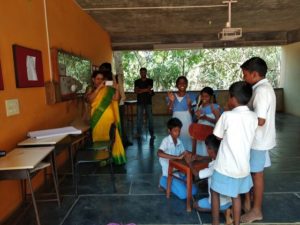
Ayush from 7th standard presented the project in Scratch.
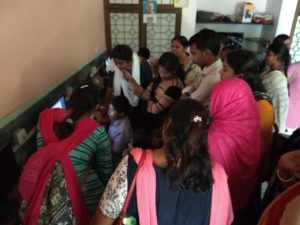
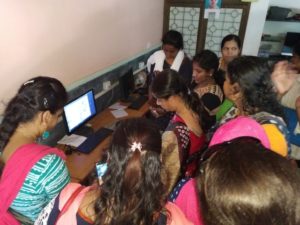
Then Saranya took the teacher to the STEM land and explained what we do in STEM land. She explained the ground rules and the check in check out system that we follow in STEM land.
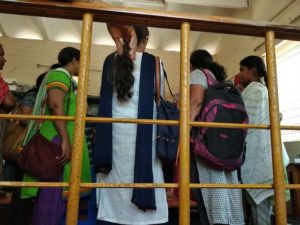
In Udavi
They came to Udavi after their lunch. We gave a presentation on STEM land in the i-SMART class room. They also attended the stewardship session held by Sanjeev. During the session teachers were able to find what they stand for and also were able to find their fear.
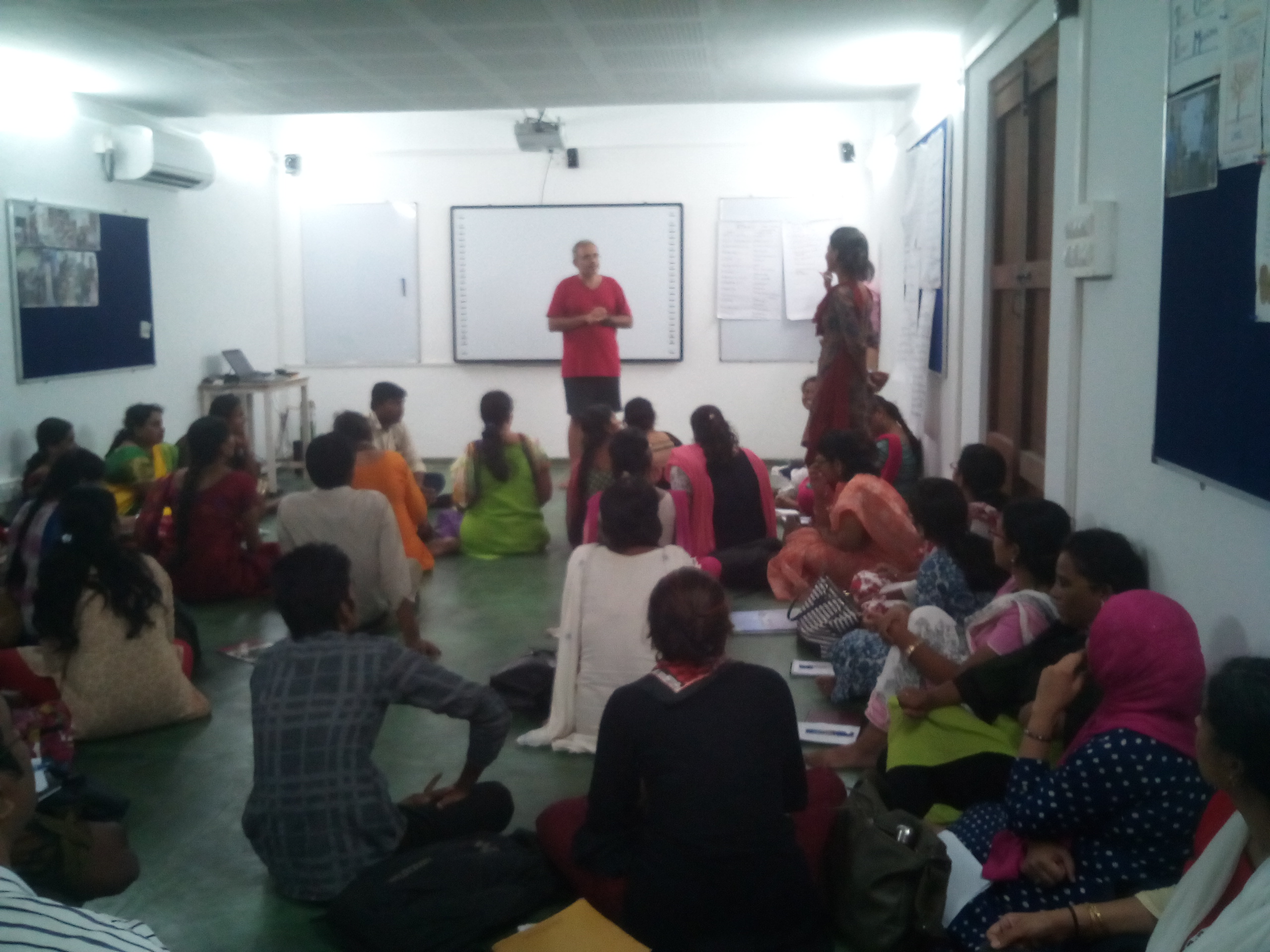
Every teacher was able to process what they really care about and found what they stand for. The teachers were happy and also took the stand and fear chart to put it on their notice board in their school.
